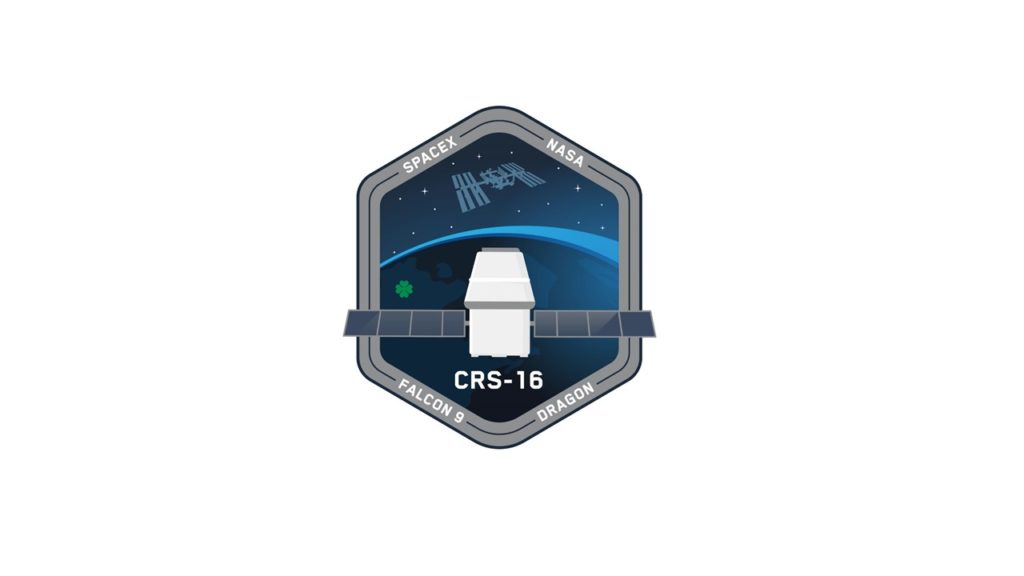
During SpaceX’s 16th Commercial Resupply Services Mission to the International Space Station for NASA, the Dragon spacecraft will deliver about 5,600 pounds of supplies, equipment and numerous science investigations to the crew aboard the station. Among the science experiments are:
- Robotic Refueling Mission 3 (RRM3) is an exterior payload on the International Space Station, RRM3 will demonstrate innovative methods to store and replenish cryogenic fluids in space. These fluids have chemical and physical properties that make them useful for spaceflight, but storing them is tricky because they boil off over time. In addition to replenishing cryogenic fluid, RRM3 will store it for six months with zero boil off to demonstrate the efficient use of these important consumables. RRM3 builds on two previous robotic refueling technology demonstrations–RRM1 and RRM2. Not only could these technologies make refueling spacecraft in orbit possible, but the resulting capabilities also could be applied to exploration missions to the Moon and Mars. Read more at https://sspd.gsfc.nasa.gov/RRM3.html.
- The Global Ecosystem Dynamics Investigation (GEDI) provides high-quality laser ranging observations of the Earth’s forests and topography required to advance the understanding of important carbon and water cycling processes, biodiversity, and habitat. GEDI is mounted on the Japanese Experiment Module’s Exposed Facility (JEM-EF) and provides the first high-resolution observations of forest vertical structure at a global scale. These observations quantify the aboveground carbon stored in vegetation and changes that result from vegetation disturbance and recovery, the potential for forests to sequester carbon in the future, and habitat structure and its influence on habitat quality and biodiversity.
- SEOPS’ SlingShot is a small satellite deployment system delivered by Dragon that fits inside the Cygnus spacecraft’s Passive Common Berthing Mechanism. The space station crew will install the SlingShot deployer and controller prior to Cygnus’s unberthing and departure. SlingShot can accommodate up to 18 CubeSat satellites of any format. After Cygnus is released from the station, the spacecraft navigates to an altitude of 280 – 310 miles (an orbit higher than the space station) to deploy the satellites.





